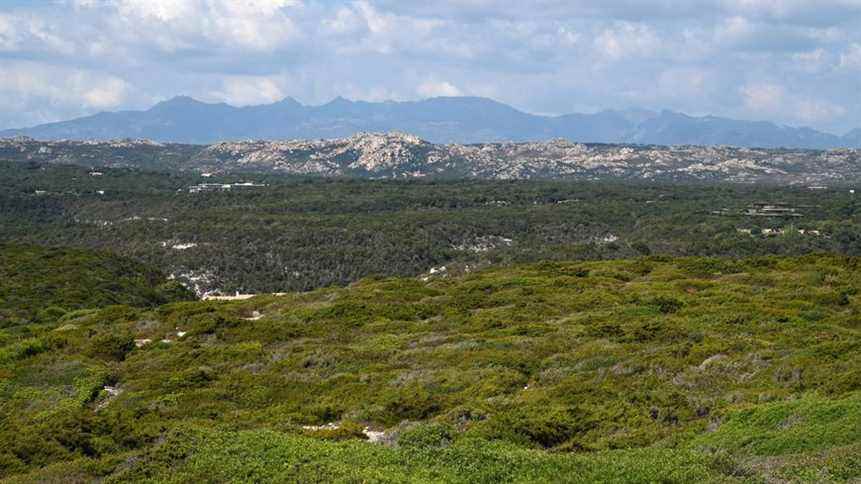The statement for the month which is ending is furthermore distorted by the stormy episode of October 4, in the eastern plain.
This lack of water is also observed in the four dams managed by EDF. Their levels are below normal for the period. Calacuccia and Sampolo are 40% full. 60% Tolla and Rizzanese. At this point in the year, they are usually a little fuller than that.
Longer and longer periods without rain
But for now, that does not worry Amandine Bono. That said, the head of the electrical system management department at EDF admits it: it would still be good for it to start raining by the end of the year, to spend a dry and especially warm winter.
“Indeed, the periods of high consumption are the months of January and February. In our way of managing our reservoirs, we aim to have lakes and dams full during December. _We therefore have the month of November and the first half of December to go from our current occupancy rates, which are rather low, to rates around 90% to 95% “_.
In the event of a shortage once this milestone has been reached, EDF will necessarily use other means of energy production, namely the link with Italy, but also thermal power stations. “And we will keep the water we have left to keep the most extreme peaks of consumption” further specifies Amandine Bono.
Apart from the heavy rainy episode at the beginning of October, on the eastern coast, there have been few showers since the start of the school year. In September, for example, only 30% of the normally expected rains fell on the island. And that is a direct cause of global warming according to Patrick Rébillout.
“If we look at the soil moisture index, we are still in summer values. […] In September and October, we are a degree above normal temperatures. There is more evaporation. In the Mediterranean, we tend to prolong summers, especially in recent years. I remember 2015. On December 1st, there was no snow on any peak. This date is quite eloquent “ explains the forecaster.
